Sunflower, Maximilian
Used in food plots for birds, erosion control, and prairie mixes. Perennial.
Used in food plots for birds, erosion control, and prairie mixes. Perennial.
| Grow Height | Bloom Period | Growing Regions | Planting Rate Acre |
Bloom Color |
| 3-10′ | July-Oct. | 5 PLS | Yellow |
| Weight | 1 lbs |
|---|
Be the first to review “Sunflower, Maximilian” Cancel reply
You must be logged in to post a review.
Related products
Native to Central Great Plains and Southern Midwest, found on low-lying sites or ditches. Full sun. Has a long bloom season and is one of the best native annual wildflowers.
Ground cover native to Southern Midwest. Drought tolerant. Flowers its 2nd year. Hardy perennial.
Daisy-like flower. Very low maintenance. Well adapted. Perennial. This is one of the major wildflowers found in meadows and native to most of North America.
Full sun or part shade. Useful ground cover. Flowers are up to 4" across. This perennial is a substitute for Common Daisy.
Stiff goldenrod occurs in open woods, glades, thickets and prairies. Features tiny, bright yellow, daisy like flowers in dense, erect, flat-topped terminal clusters.
A spreading plant, Moss Verbena is naturalized across the south growing in old fields, waste areas and roadsides.
Attractive to butterflies, Ox-eye Sunflowers are fairly tolerant of drought and partially shady conditions but prefer full sun and moist, well-draining soil conditions.
Perennial plant that is a Dicot or easier said a bean. Native from Southern Canada to New Mexico. Likes full sun, dry to medium moisture soils.
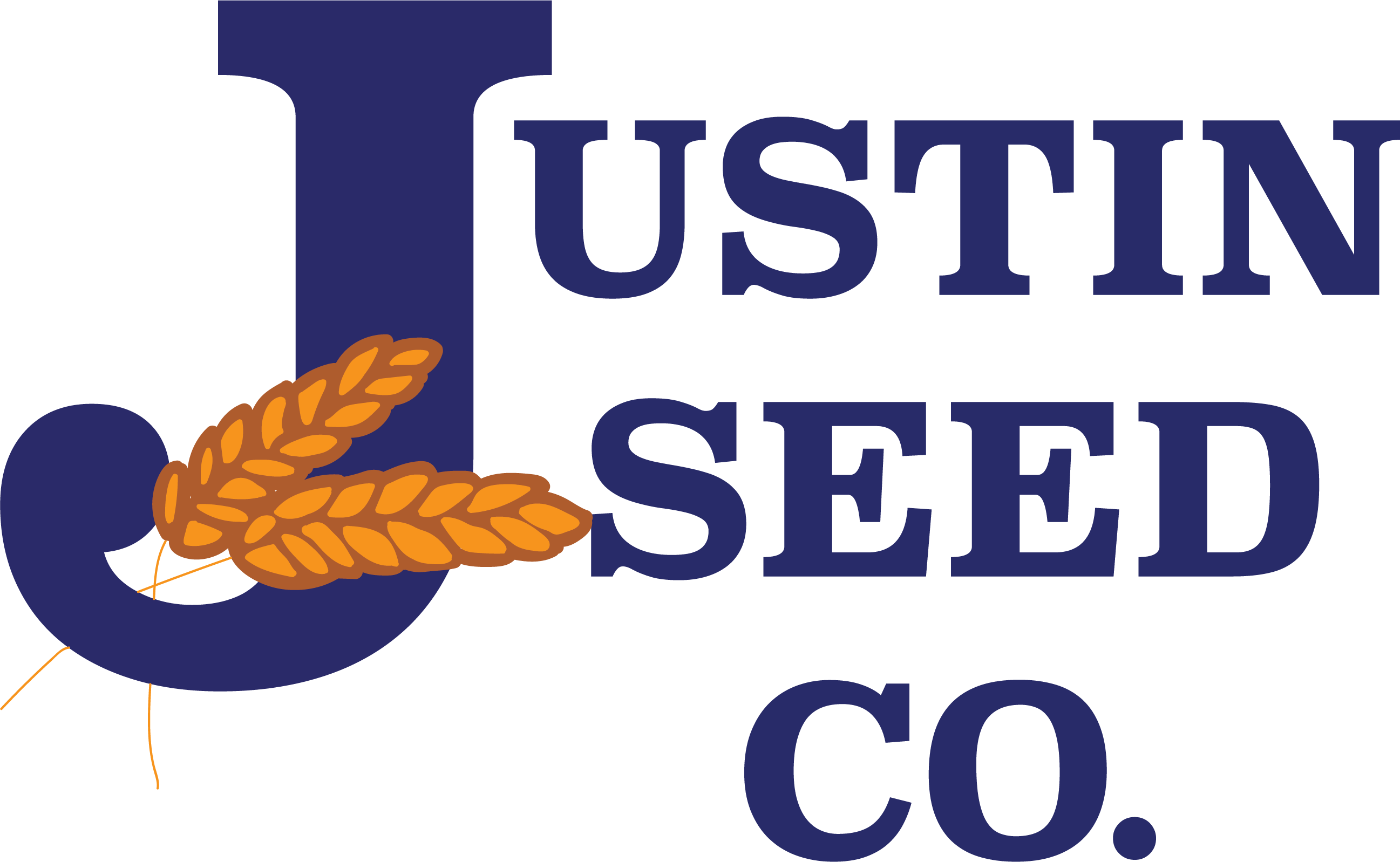
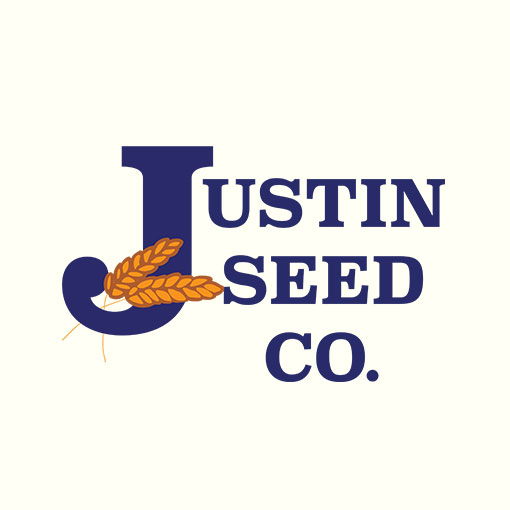
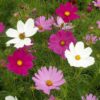

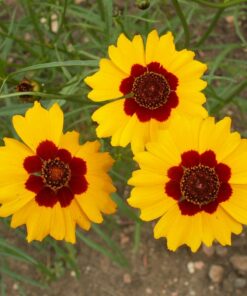


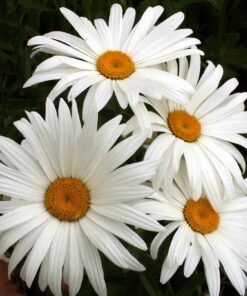
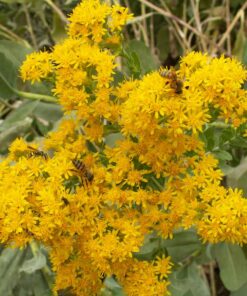
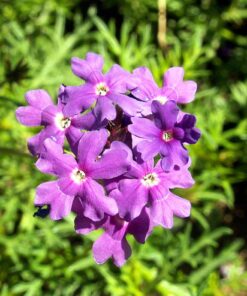
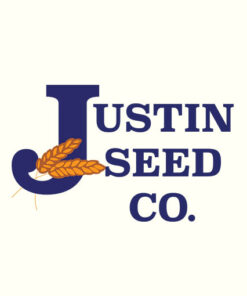
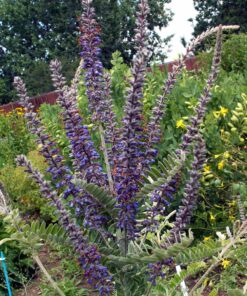
Reviews
There are no reviews yet.